The Black Death, finding Spirituality in juniper berries, and unfinished business in a museum
“[…] the word Distillation imports no more than a dropping down by little and little; but the use and end thereof, is in the first place to Extract the Spirituality from bodies, when macerated or open’d by Fermentation; so that we may truly say this Art is for changing of gross and thick bodies into a thin an Spirited Nature, […]” [i]
Yup, you saw this right, I’m getting spiritual and it’s not even Hallowe’en, scared yet?!
yeh-NAY-veh
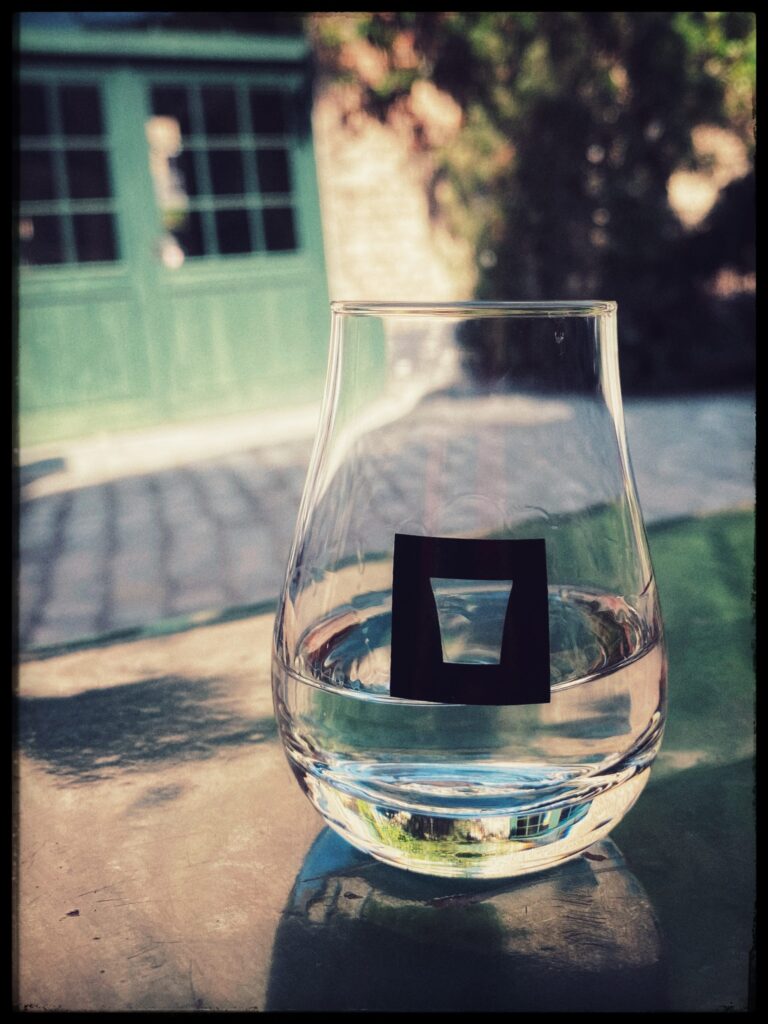
Speekt je Nederlands?
Even if you don’t speak Dutch, you’ve likely heard of jenever, or genever, or genièvre.
Well I hope, but if not, you have now – yay!
jenever
je·ne·ver (de; m; meervoud: jenevers)
sterkedrank die geur en smaak gedeeltelijk ontleent aan de jeneverbes: er is oude en jonge jenever[ii]
The van Dale dictionary describes jenever[iii] as a sterkedrank, basically a strong drink which gains its aromas and flavours from juniper berries. This is not just cute, it’s outright adorable, but then I do have a soft spot for Dutch.
And, granted, jenever is a strong drink, point taken.
Oxford’s definition appears less endearing, but then English is less happy and cute:
genever, n.
A clear alcoholic spirit from Belgium and the Netherlands, distilled from grain and flavoured with juniper[iv]
As such, jenever is often called the precursor to gin, and often mistakenly referred to as Dutch Gin of Hollands Gin, but this is not true and is actually somewhat of an insult to both spirits.
Damn you piney juniper berries, you are likely the culprit here… although overall, generally speaking, jenever contains less juniper compared to gin.
Gin is, in its broadest definition, a clear white spirit, typically distilled from grain, such as wheat or barley, and often flavoured with juniper berries. So basically, a neutral base spirit re-distilled with juniper and other botanicals, with juniper playing the lead role.
The EU passed a law, which stipulated that gin must have a minimum retail strength of 37.5% ABV, with a main flavour of juniper[v].
“[…] Only flavouring substances or flavouring preparations or both shall be used for the production of gin so that the taste is predominantly that of juniper. […]”[vi]
Under this law, the distilled spirits are classed into London Gin, Distilled Gin and Gin[vii].
The USA is more open with its definition, as here, gin requires a 40% ABV strength at bottling, and shall use juniper berries for flavour, but other botanicals may also be used[viii]. Adding, that
” […] Gin made exclusively by original distillation or by redistillation may be further designated as “distilled,” “Dry,” “London,” “Old Tom” or some combination of these four terms. […]”[ix]
And perhaps most importantly, gin can and is made anywhere in the world.
Jenever, however, enjoys its own appelation d’origine contrôlée, i.e., Protected Designation of Origin (DO) both in the UK and the EU[x], which means that it can’t be called genever/jenever/genièvre, if it is not produced to legally defined specifications in the Netherlands, Belgium and parts of France and Germany.
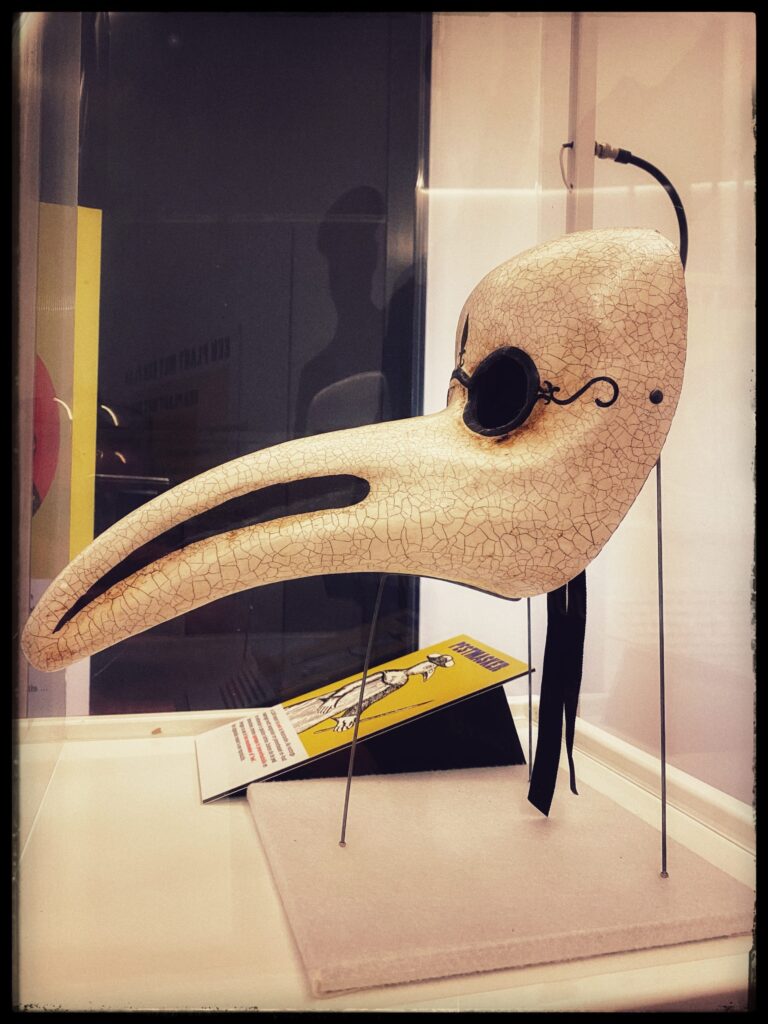
But the law-abiding nature of jenever is not the only difference between the two. Jenever is actually a product of two or more different distilled spirits which are blended together: a mout wijn, or malt wine, which is typically made from grains, similar to a whiskey, is blended with a juniper-infused distillate, like your gin in a classic G&T. Sometimes, another distillate is added which may be re-distilled mout wijn and botanicals. Here, botanicals is used as a fancy name for other added ingredient apart from juniper berries, such as citrus peel, cinnamon, and coriander seeds to name a few.
So basically, in another universe, whiskey and gin had a baby and called their lovechild jenever, although in this universe jenever was here long before gin arrived on the scene.
The Black Death, toothache and war – Juniper wears many hats
Plague doctors, yup those odd bird-like creatures that look like characters out of Dr Who, who are out to “cure” you but actually steal your thoughts to power their spaceship …. sorry I digress, those strangely dressed healers who tried to help patients during the bubonic plague pandemic in the 17th century, stuffed their beak-like masks with juniper, as it was believed that those berries would purify the air, and thereby save the wearer from the Black Death. Logical to a 17th century mind, but science tells us otherwise today. Nonetheless, it must have at least smelled rather nice.
Regardless, juniper had had a long term following for its medicinal powers by then, so it is certainly understandable. Pliny the Elder had written about it in Naturalis Historia, Aristoteles was a fan, the ancient Egyptians used it in a special brewed concoction against headaches, and the Arabs used it as remedy for toothache. The ancient and medieval times saw people consuming juniper as a form of contraception and for abortions (go figure?!- although as the husband points out, these days it may be the basis of more pregnancies…) Anyway, talk about an all-rounder, right?! Juniper also came into good use on the battlefield: during the Thirty-Year War (1618-1648), Dutch soldiers were seen sipping from small bottles they carried with them before they would start to fight. The Brits saw this “strengthening and fortifying” of the men and coined the term “Dutch Courage”, who knew.[xi] A gold star to anyone who can correctly identify what spirit those bottles held… correct: water, ehh, hang on: Medicine, encouragement and enjoyment, ladies and gents, I give you jenever!
My own first real introduction to juniper-flavoured spirits, was in the form of a large Gin & Tonic, was in September 2018, after I successfully summited El Teide in Tenerife. When we arrived back at the hotel, the husband took me straight to the bar and ordered a large bowl of G&T as a reward for me. A month later I visited my first gin distillery – need I say more?!
Well, actually I do as it involves a gin festival, but that’s a story for another time.
So all in all, it’s fair to say I get the medicinal and healing thinking behind it, but I was never really a big gin girl. Why have a gin when there is beer and cider to be had, amirite?
“Have a drink it’s educational”[xii]
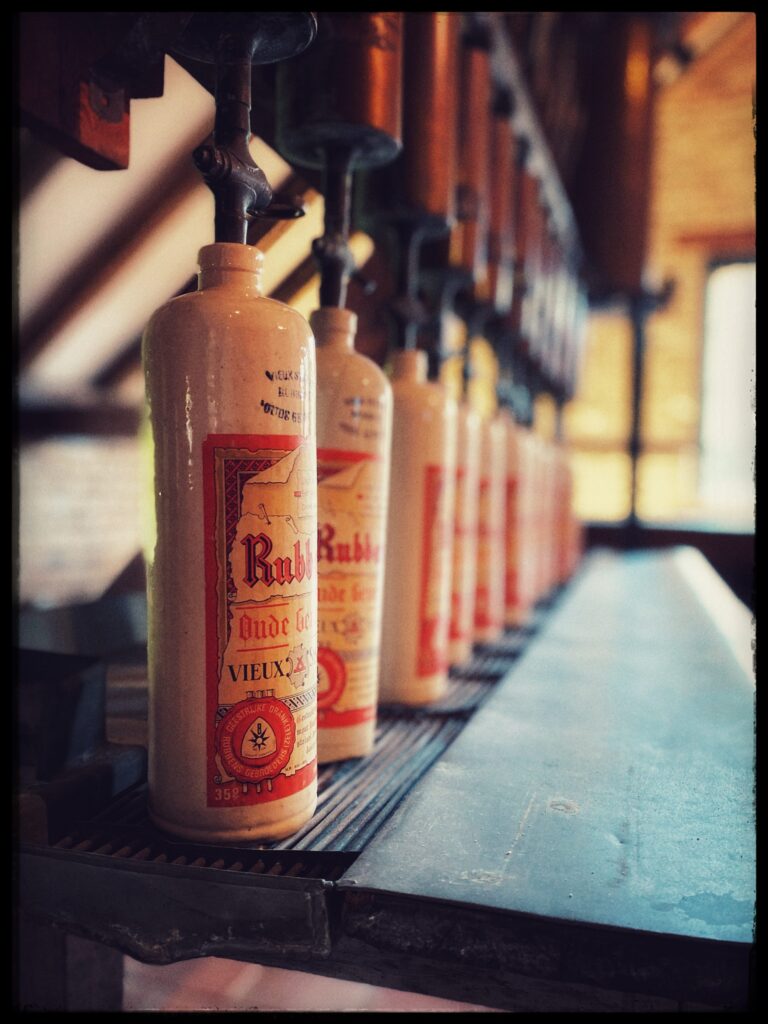
Fast forward, and the bitter medicine has turned into hedonistic enjoyment.
It’s a sunny and relatively warm day in early May. The husband and I are occupying a table half in the sunshine, half in the shade, in an old museum courtyard. The table is covered in large tasting mats and various drinks menus. There is a slight breeze in the air, sometimes carrying the faint aroma of suntan lotion over to us, but mostly just a warm dusty character, the smell of early summer. Across from us are large wooden barrels resting under a low sloping roof, and behind us is a bus load of jovial pensioners. We are in Belgium, and we are all imbibing. As the museum states: have a drink, its educational[xiii]. And, as it appears, those pensioners take their education rather serious, as should we all I suppose. Bottoms up old chap!
But we are not drinking beer, for once. We are sampling jenever. And by the gods, this stuff is divine!
We have just finished our museum tour, which incidentally ends in the museums bar, clever, clever Belgians, and included in our ticket is a free drink, you know, because its educational, so we listen intently to the bartender who explains their various offerings, before we settle on Hasseltse Graanjenever and Sint-Lambertusdrèpke. The first is a limited edition matured jenever – it’s clean, clear and grain-forward with predominant notes of juniper and carraway seeds, and it packs a punch as it clocks in at 40% ABV. It tastes indeed like the lovechild of whiskey and gin and I’m beginning to change my mind about juniper flavoured drinks.
The second one is a red-tinted, soft 20% ABV herbal elixir, exclusively produced in the museum, showcasing coriander, anis and black currant, in a more fruity and less grainy way. Reminds me of some of the German Schnapps back home, lovely.
Never one to skim on education, we decide to stay and study a bit more: we both have a flight of four drinks in front of us. And a large glass of water – don’t forget to hydrate!
The museum makes its own jenever thanks to its own distiller, who makes jenever according to a 19th century recipe on steam powered 19th century distilling kit[xiv]. Talk about rich heritage indeed!
As a result, the museum offers specially curated flights of various spirits. There is a Tour of Europe, a Tour of the Low Countries and a Tour of Belgium. The husband selects a Tour of the Jenevermuseum[xv], and I, forever the sweet tooth, debated between the Sweet Tour and the Creamy Tour[xvi], but opted for the latter one in the end. Granted the lower ABVs of both flights did persuade me a little too, one wants to sample the breadth of the choices after all.
Unfortunately, the museum closed soon after we finished our flights, so couldn’t sample the rest… sniff sniff. Guess the future holds another road trip to Hasselt!
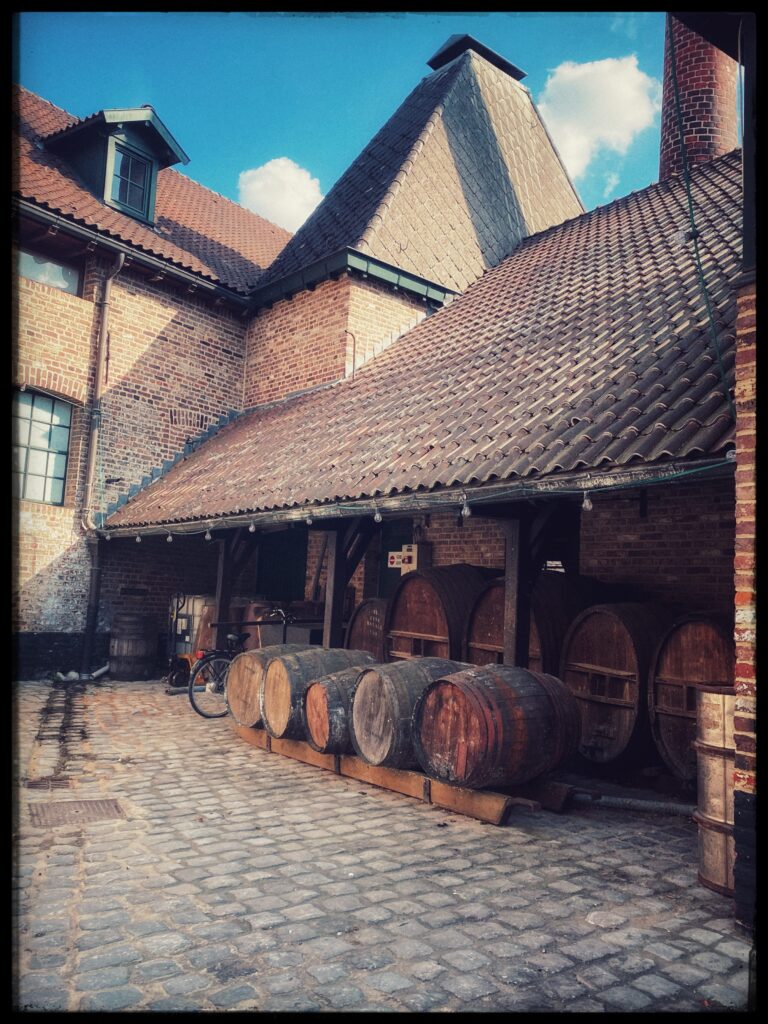
As it happens, the husband and I are about to swing by the Low Countries in a few weeks’ time, so I’ll make sure I sample some more jenever – you know, for education purposes after all.
I usually don’t drink spirits as mentioned before. I might have a G&T every now and then, and I have my occasional Kümmel, but that’s it. I’ve grown up enough to know that slamming shots isn’t my idea of a good time, and cocktails aren’t really my thing either. Yet that afternoon I realised that spirits are something to be enjoyed. There is history and heritage, innovation and change, relaxation and encouragement, delight and pleasure. And there is education, you know what to do by now.
I do however envy the husband sometimes when he enjoys certain gins and vodkas neat, and I wonder why my palate doesn’t seem to cope with the intensity spirits can bring, but don’t tell him that. I enjoy the experience don’t get me wrong, but still shudder like a 15-year-old who was given a shot of Schnapps at a garden party. Maybe I just haven’t learned yet how to appreciate distilled drinks yet… and while I ponder this, I shall love and leave you, but remember:
Op één been kun je niet lopen[xvii]
Proost!
xxx
[i] Y-Worth, William (1705), The compleat distiller: or the whole art of distillation practically stated, And Adorned with all the New Modes of Working now in Use. In which is Contained, The Way of making Spirits, Aquavitae, Artificial Brandy, and their Application to Simple and Compound Waters in the exact Pondus of the Greater and Lesser Composition; as also many Curious and Profitable Truths for the exalting of Liquors, being the Epitomy and Marrow of the whole Art; supplying all that is omitted in the London Distiller. London: printed for J. Taylor, at the Ship in St. Paul’s Church-Yard
[ii]Van Dale, Jenever https://www.vandale.nl/gratis-woordenboek/nederlands/betekenis/jenever [Accessed 02/06/2023]
[iii] I will be using jenever as I like the way it looks, but this is interchangeable with genever and genièvre.
[iv] Oxford English Dictionary, genever https://www.oed.com/view/Entry/77558?redirectedFrom=jenever#eid [Accessed 02/03/2023]
[v] Legislation.gov.uk, Regulation (EU) 2019/787 of the European Parliament and of the Council – Gin https://www.legislation.gov.uk/eur/2019/787/annex/I/division/20 [Accessed 07/06/23]
[vi] ibid.
[vii] Difford’s Guide – For Discerning Drinkers, Legal Definitions by Simon Difford, https://www.diffordsguide.com/g/1108/gin/legal-definitions [Accessed 12/06/2023]
[viii]Cornell Law School – Legal Information Institute, 27 CFR § 5.144 – Gin. https://www.law.cornell.edu/cfr/text/27/5.144 [Accessed 07/06/2023]
[ix] ibid.
[x] Official Journal of the European Union, REGULATION (EC) No 110/2008 OF THE EUROPEAN PARLIAMENT AND OF THE COUNCIL of 15 January 2008 on the definition, description, presentation, labelling and the protection of geographical indications of spirit drinks and repealing Council Regulation (EEC) No 1576/89, 19. Juniper-flavoured spirit drinks https://eur-lex.europa.eu/LexUriServ/LexUriServ.do?uri=OJ:L:2008:039:0016:0054:en:PDF [Accessed 07/06/2023]
[xi] Lesley Jacobs Solomonson, Gin – A Global History, Reaktion Books (2022)
[xii]Jenevermuseum Hasselt https://www.jenevermuseum.be/en [Accessed 09/06/2023]
[xiii] ibid.
[xiv] Jenever Museum Hasselt, Distillation Process https://www.jenevermuseum.be/sites/default/files/bestand/bestanden/website_pdf_stookproces_eng.pdf [Accessed 09/06/2023]
[xv] The Tour of the Jenevermuseum takes you through four spirits, showcasing the true nature of them:
– Hasseltse Graanjenever (40% ABV) – the speciality of the town and museum, made with malt wine which matured for 6 months in stainless casks (hint: expect a clean profile)
– Belegen Hasseltse Graanjenever (40%) – is a matured grain jenever which rested in oak cask for at least 10 years (hint: expect a more complex profile)
– Oranjebitter (38% ABV) – a mix of grain alcohol, bitter orange, and lemon to name a few
-Elixir (35% ABV) – another mixed spirit made with grain alcohol, sugar, aniseed, saffron and cinnamon
[xvi] While the Creamy Tour plays directly into my self-indulgenced nature, yet at a cost of masking the true nature of jenever unfortunately:
– Chococlatejenever (17% ABV) – mmmmh chocolate
– Vanillejenever (20% ABV) – vanilla dreams
– Hazelnootjenever (20% ABV) – hazelnuts galore
– Speculoosjenever (20% ABV) – everyone’s favourite shortcrust biscuit
[xvii] ie. You can’t walk on one leg, so have another glass – Cheers!
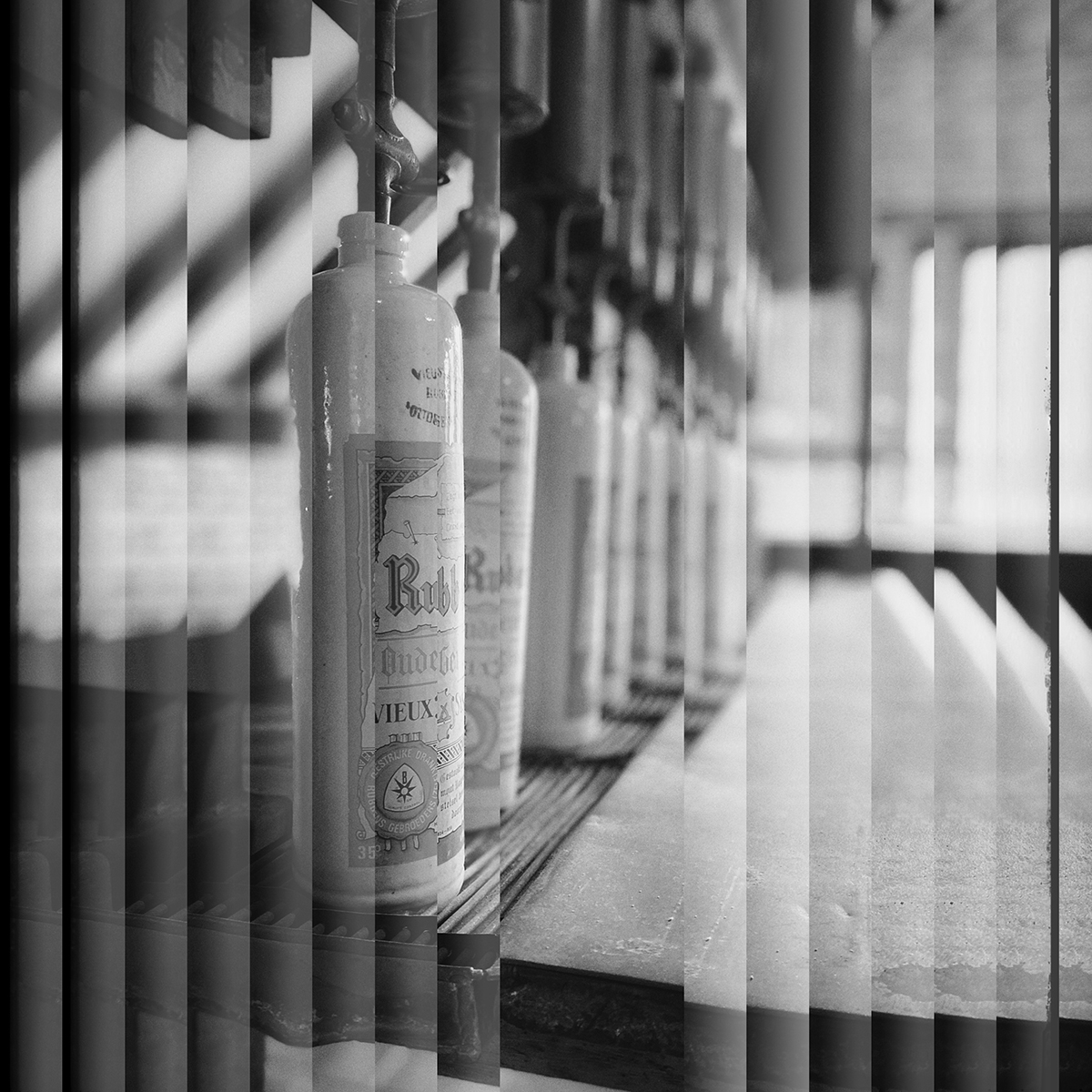
Leave a Reply